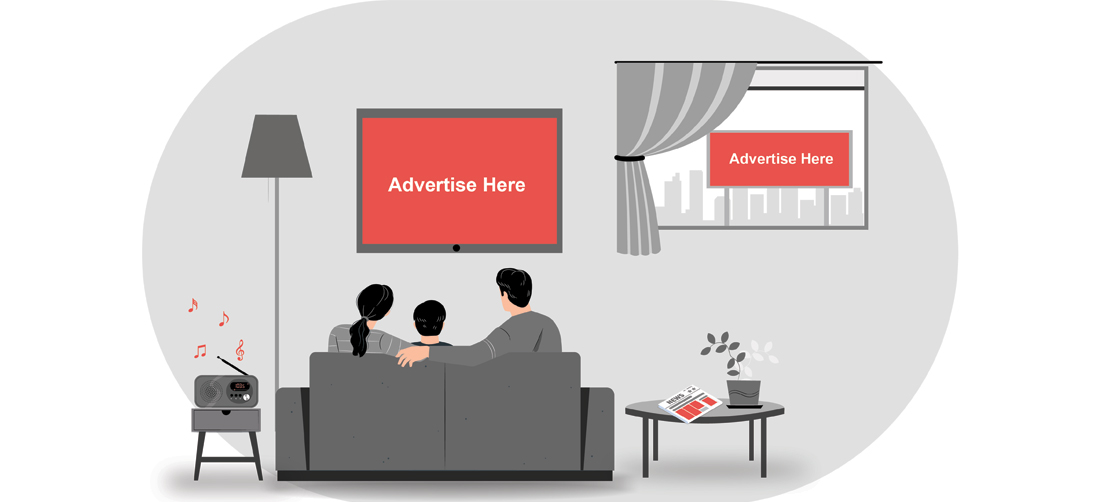Table Of Content
- 1. Product Advertising Strategies
- 1.1. Competitive Advertising
- 1.2. Pioneering Advertising
- 1.3. Comparative Advertising
- 1.4. Reminder Advertising
- 1.5. Reinforcement Advertising
- 2. Types of Product Advertisement
- 3. Benefits of Product Advertisement
- 4. Examples of Effective Product Advertisements
- 5. Challenges in Product Advertisement
- 6. Conclusion
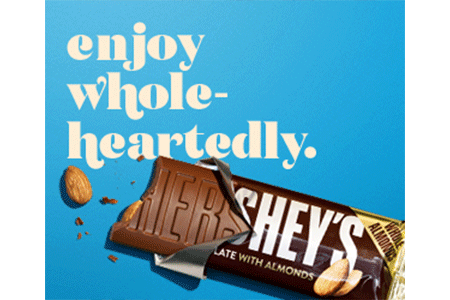
Product advertisement is all about catching an eye and the eye's attention, creating a kind of magnetic pull toward the product. It goes beyond the presentation of a product it is trying to make people curious about the benefits and to create an urge compelling enough to make them do something. In simple words, it is the art of making the product memorable and desirable.
It may be billboards or in-app advertising, tugging at the subconscious or by gigantic signs in public places. Not anymore just a simple sale or not, but making that attitude toward the brand, influencing the choices it receives, and making a product visible among many others. Every product advertisement is aimed to stay in the head of its audience and provoke action for a new gadget, some trusted shampoo, or an iconic sneaker.
Product Advertising Strategies
Competitive Advertising
Competitive ads boldly declare, "We are the best." They say that their product, far and above the rest, possesses a quality that makes one opt for this superior choice.
Pioneering Advertising
The product is launched with fanfare when new in the marketplace through innovative designs of advertisements. The approach generates interest and suspense, which sometimes elaborates on how something novel may change the game or solve something differently.
Comparative Advertising
These compare with a competitor, showing exactly where the product outshines the rest. It is a direct comparison, making the case of why this product is the smarter pick.
Reminder Advertising
As the name indicates, reminder ads keep well-loved products in the limelight. They don't need to explain their product; instead, they cause recall and loyalty, reminding consumers why they should come back.
Reinforcement Advertising
Designed to follow the sale, reinforcement ads remind customers they made the right choice. It is a confidence builder that ingrains loyalty, which will keep them attached to the brand.
Types of Product Advertisement
Advertising is one of the most important business activities that would enable a business to present products to customers successfully. With different types of advertising strategies, brands are in a position to reach out to their target audience on the different platforms they use; hence, ensuring the product gets to the target market at the right time. Here are five major types of product advertisements, and how they can help the brand achieve visibility and engagement.
1. Print Advertising
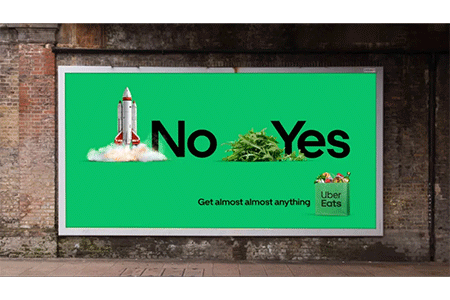
Print is still complete with more traditional forms like magazines, newspapers, and paper-based brochures. Even though digital media has taken the world by storm today, print ads are not a thing of the past; there is still a place for them in some niches or in local markets:
Magazine advertising is useful for brands looking to reach niche-specific audiences. Special-interest magazines such as health, fashion, and lifestyle help brands reach that specific kind of reader who will connect with similar interests.
A wide audience, often community in scope, makes newspapers ideal for companies that have a mission to connect with the community or regional customers. Weekend papers and Sunday papers offer a wider readership, so excellent insertions as well.
Print advertising can be very effective if the image is appealing and there is a personal connection with the viewer; thus, in certain cases, it may remain relevant for brands aiming to target specific audiences or local markets.
2. Digital Advertisement
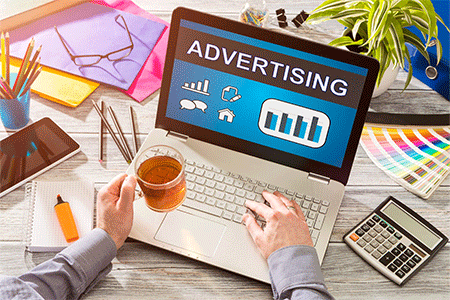
Digital advertising includes social media and search, in addition to websites. That is among the most effective ways of reaching modern audiences:
Platforms such as Facebook, Instagram, and Twitter allow a brand to target ads to user behavior, age, interests, and geographic location. The level of targeting empowers businesses to connect with the audience in real-time relevantly.
Search Engine Ads appear when users are searching for specific keywords, which means that if your brand sells that keyword, you can reach those people at a moment when that need is evident.
Website Ads target either popular or niche websites and will use the user browsing behavior to reach those users when they're already viewing related content.
Digital advertising is very flexible and cost-effective and enables businesses to make changes in budget and ad placements without hassle, hence it has scaled into accessibility for brands of all sizes.
3. Television and Radio Advertising
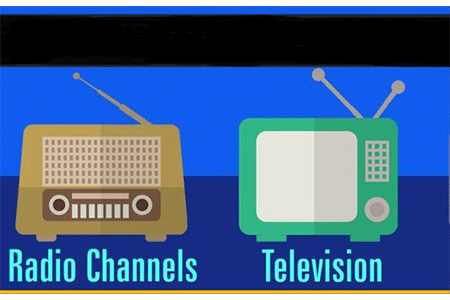
Television advertising and radio advertising use the audiovisual medium of storytelling to communicate really memorable messages to mass audiences:
TV is a medium that combines visual and auditory. It is best suited to demonstrate the benefit of a product. This medium is often powerful in making brand impressions across the nation or even globally. For instance, a cooking product can demonstrate visually how easy it is to use, and so on through a TV ad.
Radio is a great medium for local advertising. Radio ads are received while people are engaged in their daily routines, like going to and from work. And because radio tends to be consumed during multitasking, that allows the brand to create a subtle building of awareness over time. It's also cheaper for small businesses.
TV and radio commercials, due to their reach and interactive format, are great media for creating long-lasting impressions among viewers and listeners.
4. Outdoor Advertising
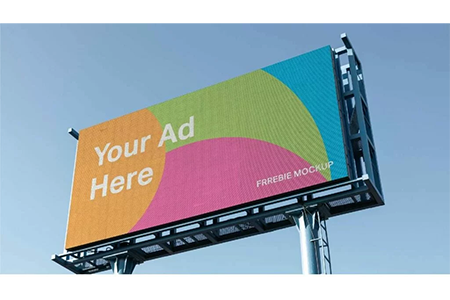
Outdoor advertising including billboards and transit ads grabs attention in high-traffic areas where views are important to dynamic actions:
Billboards are highly effective visual communicators based on plain and powerful communications. Placed in high-traffic zones, they help brands connect with the widest population of people possible, making it an excellent solution to improve regional or national exposure.
Transit Ads on buses, trains, and cabs take ads throughout the cities, reaching a wider audience with all these vehicles plying through different neighborhoods. These are effective at engaging those people on the move and can become such common spots within a city.
Outdoor advertising ensures high levels of visibility, thus making brands memorable for local and traveling audiences, ideal for high-exposure campaigns.
5. Influencer and Affiliate Marketing
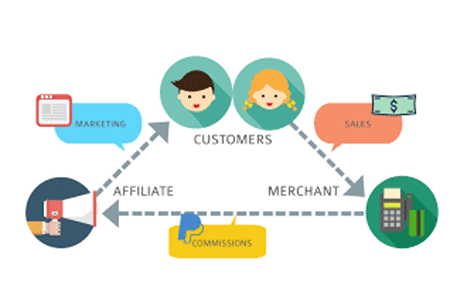
The force of influencer and affiliate marketing applies the power of trusted influencers who promote products to their followers
Influencers refer to social media personalities, bloggers, or industry experts who play a crucial role in influencer marketing. These personalities have created a personal connection with a fan base. When an influencer shares his experience about the usage of a product, it is like getting a recommendation from friends, and trust is built.
Affiliate marketing is, basically, letting people promote products through unique links or codes by earning a piece of that sale, and it ranges from professional bloggers to everyday users, who simply like something and want to share it with their networks.
Benefits of Product Advertisement
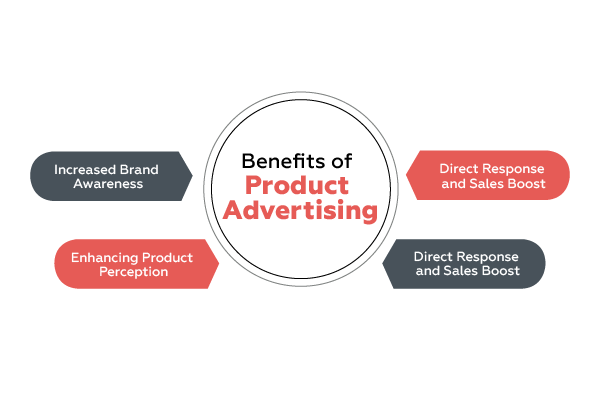
Product advertisement is a powerful tool in today's market. It can take a brand from unknown to unforgettable. From effectively communicating the message of a brand to increasing awareness, bringing sales, loyalty, and even public opinion, product ads deliver value to a brand. Now let's see how product advertising brings benefits to the brands.
Increased Brand Awareness
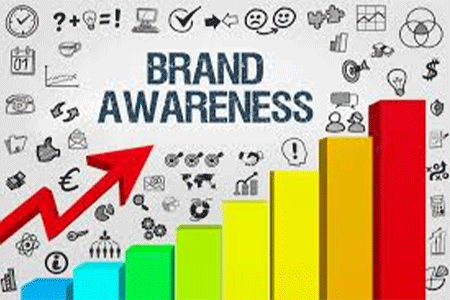
The most apparent benefit of advertising a product is the increase in brand awareness. Good commercials make brands introduce themselves to new audiences and make consumers remember them. Visibility is a big deal for newly produced products since ads are seen as bridges between the product and the market. Images of consistent, interesting product advertisements visuals, catchy slogans, and messages close to a consumer's mind are inducted, allowing easier recall when the need to make a purchase arises.
Direct Response and Sales Boost
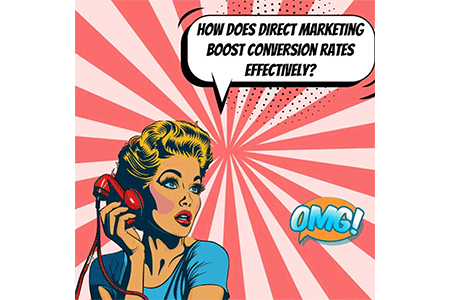
An advertisement that talks well motivates the consumers to action. Ads that feature an effective call-to-action, such as a discount code, limited-time offer, or product demonstration, can spur immediate responses from consumers. This approach not only drives a customer to the point of purchase but also encourages buying NOW versus LATER. This creates revenue and can be tremendous during peak shopping times. Results from these campaigns usually include tracking of clicks, conversions, or in-store purchases, thus showing a clear link between advertising and sales.
Targeted Marketing

One of the most significant benefits of product advertising in the modern age is the target potential audience aspect. Technologies provide means of targeting based on demography, interests, behavior, and location so that the advertisement reaches people who are most likely to be interested in the product, thereby making each ad reach its targeted audience with maximum impact and relevance.
The sports apparel house can leverage social media to show ads to such fitness enthusiasts. In the same way, a gourmet food company can target food lovers. In-app advertising supports this form of targeting in that it reaches the consumers within a space where they are already engaged. With all this specificity, the advertiser can avoid the "spray and pray" approach and provide a more personalized advertising experience.
Enhancing Product Perception
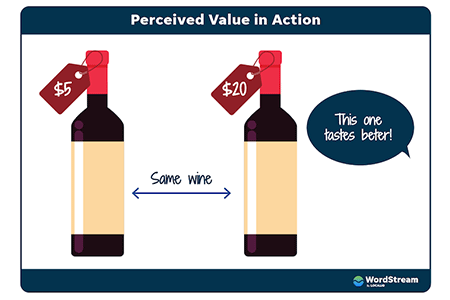
The best advertisements not only sell a product but also define the way in which the consumer will perceive it. It positions a product in a certain manner and helps to accentuate its positives over others. A luxury brand would use high-quality visuals that are sleek with values of exclusivity coming through very strongly; a family product would always play on safety and value.
Through constant messaging through advertising channels, what you want becomes strong in the consumer's mind and forms a brand identity. It can be as powerful as the product itself since consumers often choose brands they perceive as sharing the same values and lifestyle.
Examples of Effective Product Advertisements
To grasp better the power of advertising, here are some stand-out examples that might have successfully driven results and also changed how people view certain brands.
Case Studies of Successful Campaigns
Nike's "Just Do It" – This slogan-based campaign has become legendary, entrusting customers to dream big. Nike's commercials do not sell shoes so much as they sell a feeling of accomplishment and dedication, making Nike the equivalent of motivation in customers' minds. Sales were increased indeed, but Nike had now become part of the fitness and sports community.
Apple's "Shot on iPhone" – Here, Apple relies on user-generated content to display the camera quality of iPhones. The best way to showcase the actual capabilities of a product is through real photos taken by real people using the product. This approach establishes trust and creates engagement: it was so successful that now many people consider iPhones as the first choice for photography.
Old Spice's "The Man Your Man Could Smell Like" - Old Spice revitalized its brand using humor and reaching a younger, broader audience. This campaign generated a heightened response in sales and repositioned Old Spice as a new bold quirky company.
Innovative Advertising Techniques
Interactive Ads – Brands are now utilizing interactive ads, such as quizzes or augmented reality filters that bring a deeper engagement among audiences. Such ads allow consumers to taste the experience of the product, and with that incentive, engage in a process that is pleasurable and memorable.
Storytelling- The new trend is that many brands are moving away from conventional ads through the creation of short films or even a series of short films telling a compelling story. Coca-Cola's "Share a Coke" campaign made bottles personalized with names so that people could look around for their names and share the bottles with friends. This attached the brand to some sort of emotional statement, sharing experiences that helped extend the brand's reach.
Influencer Collaborations- A brand is set to reach a highly targeted, engaged community when it partners with the right influencers. They add authenticity to the advertising of a product and make ads feel more like personal recommendations. This approach was especially successful with beauty and fashion brands consumers would go to influencers for honest reviews on products or inspiration for style.
Challenges in Product Advertisement
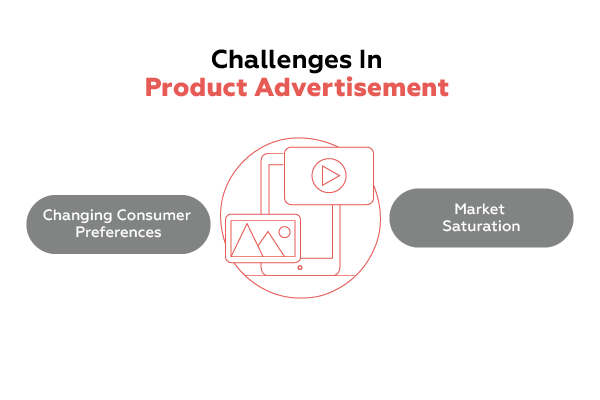
The message of advertising the products also becomes increasingly difficult to do so. The two challenges of today's market are outlined below:
1. Market Saturation
Given the multitude of brands, it becomes very challenging to stay on view. The consumer is bombarded with advertisements every day and usually suffers from "ad fatigue." In fact, people are likely to ignore messages if there are too many like them. Brands need to design unique, memorable, and relevant advertising that will catch the eye of the target audience according to their needs and desires.
2. Changes in Consumer Preferences
Consumers are beset with very fast tastes, influenced by trends, new technologies, and new social influences. Today's importance may become tomorrow's discarded relic. Brands have to adapt their strategies regularly to survive. A more perceptive idea of change will make the company reach its target audience more effectively, knowing what the consumer is interested in currently.
Conclusion
Indeed, the only way to get noticed and more importantly, drive sales is through product advertisement. It leads businesses to the right customers, builds trust, and stands out from the crowd of competition. Product advertisement at Excellent Publicity gains the attention of your products. Be it in-app advertising, a social media campaign, or creative digital ads, we try to come up with strategies that truly connect with your audience.
Product advertising is not only necessary but plays a very vital role. Only through the use of smart advertisement methods, such as from Excellent Publicity, will organizations make a real difference and boom in this fast-moving world.
FAQs
Product advertising mainly talks about a particular product. It, therefore, speaks to the features, benefits, and how that product can solve the problem. Branding, in contrast, creates long-term recognition, loyalty, and trust in the entire company and shapes how customers look at the brand.
Effectiveness can be measured by the increase in sales growth, web traffic, and customer engagement. You can monitor how the click-through rate, conversion rate, and customer feedback on the ad fare. Through the analysis of these results, one determines whether the ad reached the right target audience or successfully accomplished the set goal.
That is, avoid muddled messaging, over-complicating the ad, and or over-product-obsession rather than customer needs. Failure to define a target audience or neglecting proper testing can also lead to the failure of the campaign. Ensure that your ad is memorable, relevant, and clear.
Reflect on what your product intends to achieve, and the targeted market. The youth, for example, will be easily reached through social media advertisements, but older groups may be best covered by the print advertisement. Identify the time that your customers spend and ensure to utilize the preferred platform that will favor your product.
Small businesses might benefit significantly from product advertising. Awareness through ads, attracting new customers, and placement in the market are just a few of the great gains. Targeted advertising can bring impressive returns even on a small budget, reaching the desired target and showing what is unique about your product.


